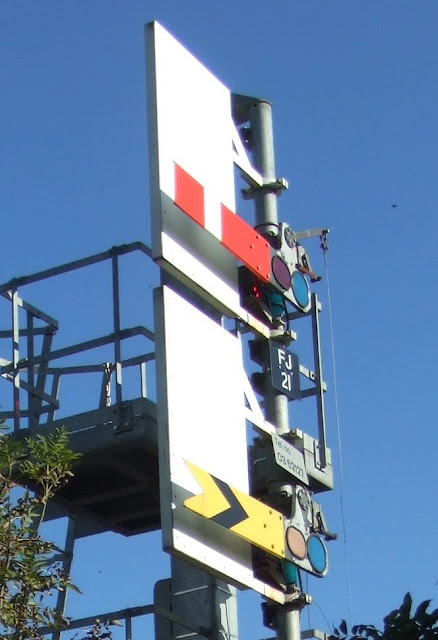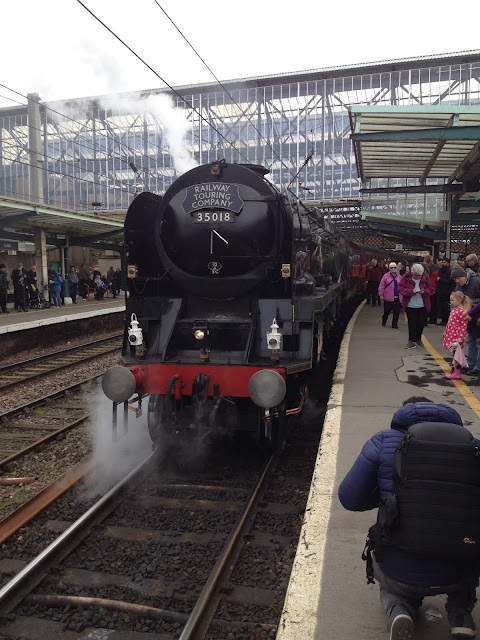When the death of Scott Walker was announced this week, "Love
Her" filled my head again, just as it had done in 1965 and for some considerable
time afterwards. It is not their best-known hit but it remains my favourite. It
is tender, sad and haunting and it suited my circumstances just fine that
summer.
It filled my head because that was what it was intended to
do. It was a Phil Spector inspired, “Wall of Sound” number, like the Righteous
Brothers’ “You’ve Lost that Lovin’ Feelin’”, and it just had to be played loud.
Written by Barry Mann and Cynthia Weil, it peaked at number 20 in the singles
chart in June 1965. I only ever bought a handful of singles before moving on to
LPs, but that one got played as much as The Animals’ “Don’t Bring Me Down” and
Roy Orbison’s “It’s Over”.
You may have noticed a certain melancholy setting in here
that’s not entirely coincidental. However, if it wasn’t going too well in that
department, there was always football and, of course, trains - by bike on
Sunday mornings to Birkenhead sheds. I could put my emotions on hold for an
hour, or so, in this sulphurous fog. Railways softened the blow from disappointment
elsewhere.
I picked up the Walker Brothers CD yesterday to play in the
car. I opened the case, inserted the disc and pressed play. Christmas Carols!!!
My grandson of two years has been kindly tidying away my CDs again. I’ll find
it soon. Then I’ll thank Scott Walker once more for his rich and tuneful voice,
his choice of material and his timely intervention during my youth.















